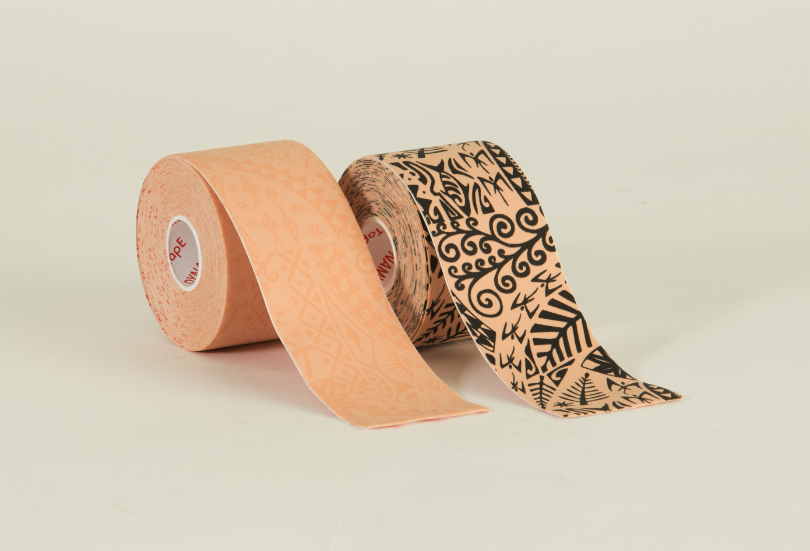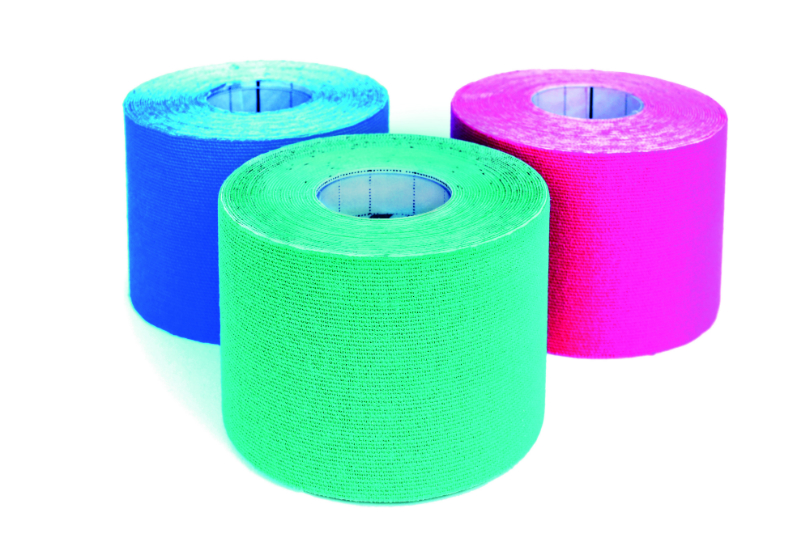Kinesiology tape v dynamic tape
Coloured and patterned tape has become trendy in top-level football, but which is best for avoiding injuries?


Dynamic tape
It looks like Maori-inspired wallpaper, but there’s a reason the likes of Dele Alli and Tim Cahill have started using dynamic tape to ease aches and pains. The trendy-looking strapping provides resistance while lowering the amount of load absorbed through the relevant area, reducing wear and tear on a player’s body. Sounds great, but does it actually work? A study by the University of Sevilla in 2015 tested the impact of dynamic tape on a footballer with splayed feet. Results found the bandage helped to correct his running gait within 10 days and reduced previously painful symptoms. In that case, we’re going to mummify ourselves in the stuff.
1. “Dynamic tape is highly elastic, so a player’s range of movement isn’t restricted while wearing it,” said registered massage therapist Sarah Whiston.
2. “As the muscle or joint lengthens, so does the tape, which helps to absorb the load of the movement like a bungee cord.”
3. “I’ve had great success using it with people for both athletic and everyday physical problems, so they can play despite not being 100%.”

Kinesiology tape
Gareth Bale and Mario Balotelli have both been known to like a bit of the blue stuff. The duo and a host of other footballers have been pictured with kinesio tape stuck to various parts of their body. Created by Japanese chiropractor Dr Kenso Kase in 1979, it promises to reduce muscular pain, while providing support for your joints. Yet, the benefits may be more psychological than physical. A review by Roger Kerry, an associate professor in the School of Health Sciences at the University of Nottingham, examined a host of studies into the tape over the last decade and found that it offered minimal performance benefits. We’ll stick to cans of Deep Heat.
Get FourFourTwo Newsletter
The best features, fun and footballing quizzes, straight to your inbox every week.
1. “Kinesio taping or bandaging a joint can reduce the chance of suffering an ankle sprain by 51 per cent,” said former Everton physio Michael Callaghan.
2. “It can have an impact on the brain in terms of joint position sense, but won’t do anything more than standard bandaging.”
3. ”Some manufacturers claim kinesio tape reduces pain and swelling, but sellotape or gaffer tape would do so just as much.”
WINNER: Dynamic tape
Recommended stories:
